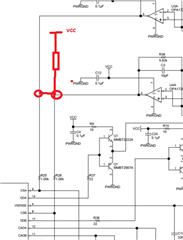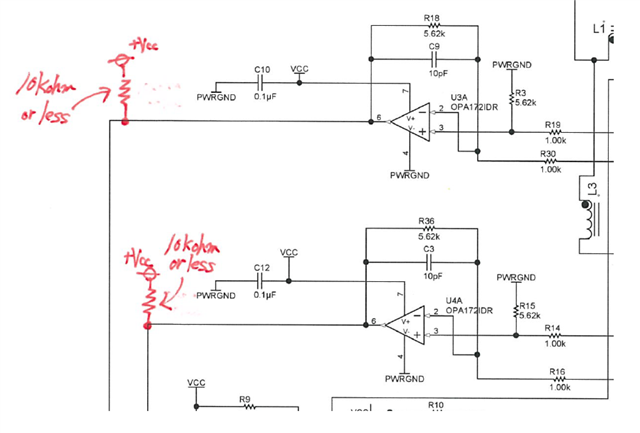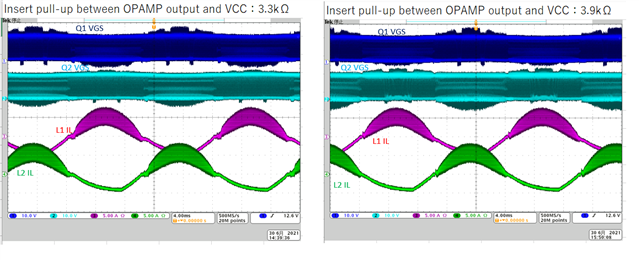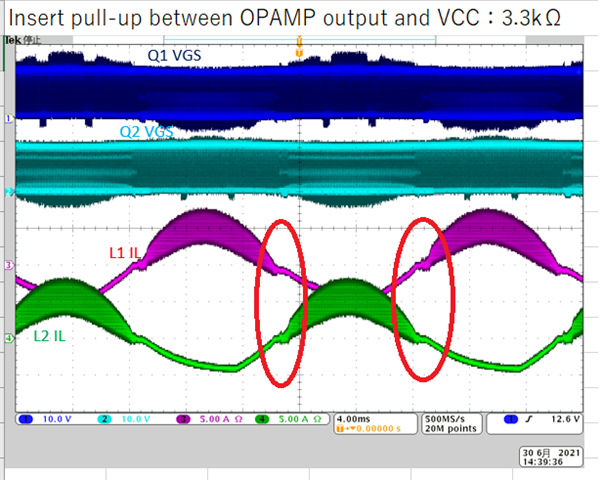Other Parts Discussed in Thread: OPA172
Hello,
I have verified the operation of the bridgeless circuit of UCC28070, but confirmed the strange operation.
I have put together the questions in the attachment, so please let me know what you think.
Best regards,





